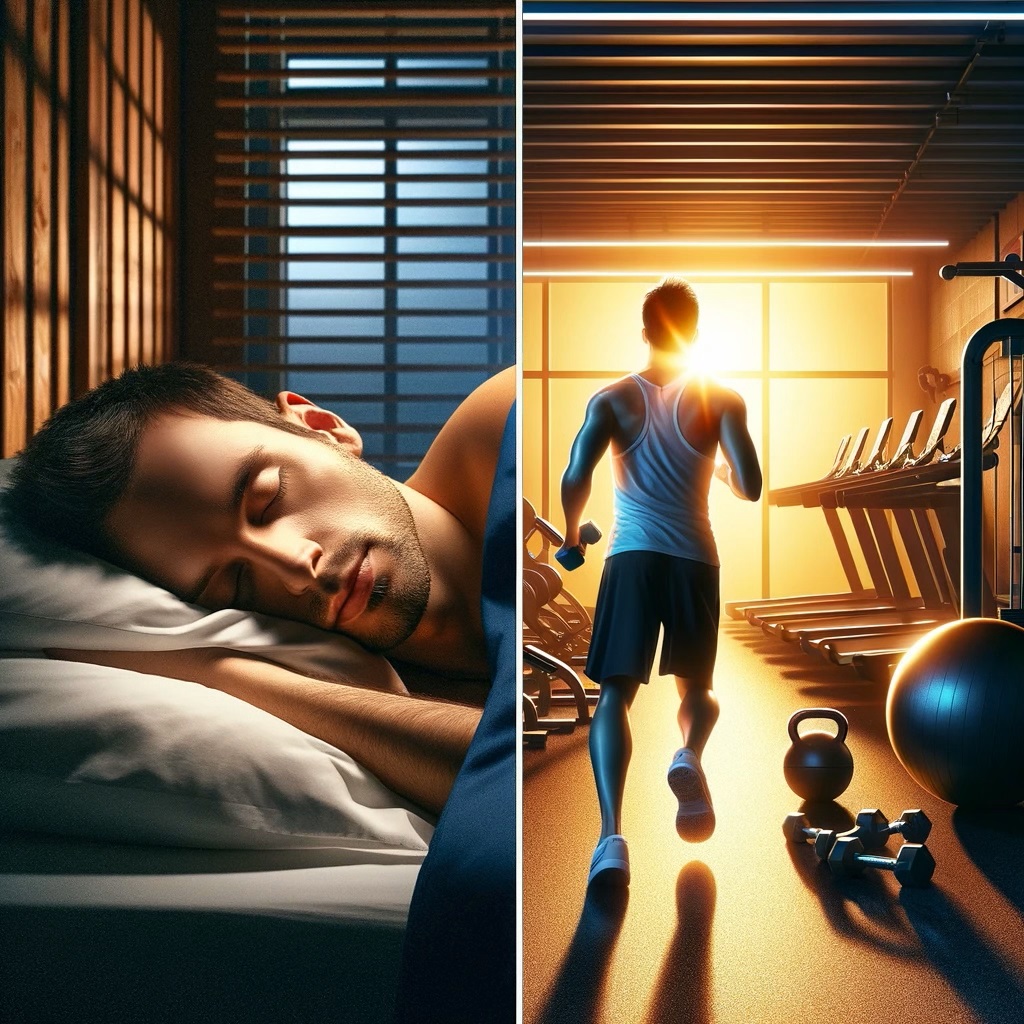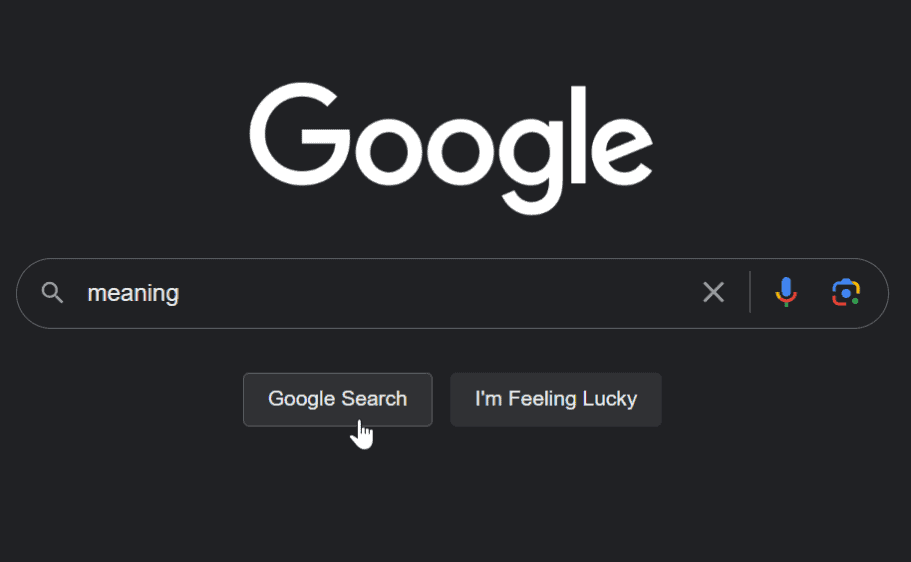The fiend and the friend
Let’s take a deep breath: in through your nose, count to four, out through your mouth, count to four. Okay, let’s begin. This is going to be hard for both of us. We’re drug addicts after all.
Within six inches of my left hand is a cup of hot brown bean juice. Not just any bean; little crushed-up, dried-out beans from a warm part of the world. It tastes bitter, and most people find it unpleasant when they first experience it. Obviously, we’re talking about the “C” word: coffee!
When I started drinking it—similarly to the beastie boys—I liked my sugar with coffee and cream. Now I’m thoroughly addicted to the hot brown liquid: I all but mainline it. Spending twenty-two dollars on a bag of specialty beans handpicked on a fair-trade certified-organic farm in Ethiopia. Milk in my single origin specialty? Are you a monster?! I drink it black; each cup poured by hand with precisely weighed beans, a timer, and 200-degree water. That or an espresso pulled from a fancy machine at a local shop. I’m aware of my depravity. But I feel justified!
You see, I’m in good company. After all, 85% Americans drink a caffeinated beverage every single day. On top of that, we regularly read of all the benefits. (Thanks caffeine informer.) Caffeine seems to lower the risk of depression, diabetes, and overall increases livelihood and productivity. That must make it the “perfect drug”. I’m skeptical.
I know what I feel like when I take in too much caffeine. Or if I drink coffee on an empty stomach. Or when I am sleep deprived and try to compensate with a caffeinated beverage. It’s not so magical when I’m tossing and turning at 1 a.m., and I’ve got to get up in 5 hours.
Here, I’m going to outline how to boost positive effects and limit the adverse effects of caffeine. We’ll look at how caffeine works in the brain, what the potential long term effects could be, and most importantly, how to use it like a pro.
Caffeine Makes You Less Sleepy
Caffeine has a ton of effects on our bodies. There have been studies that show it can increase athletic performance, the military has done studies on how to create the perfect dose for soldiers, and there are even more studies on how it improves academic and professional performance. The best-understood chemical pathway is what it does to prevent sleepiness: it works by tricking you into feeling less tired.
I don’t know if they still teach this in grade school, but I remember learning: “mitochondria are the powerhouses of the cell.” That is to say: mitochondria are where our cells get their energy from. Most of us stop there, but to understand how caffeine tricks our brains it’s helpful to revisit what that actually means.
See, mitochondria create energy for our body in the form of ATP. That stands for Adenosine Triphosphate. Not too surprising to find out that’s made of a molecule called adenosine with three phosphates attached to it. Throughout a few different chemical pathways, those phosphates get cut off and are used to power various things in our cells. As the ATP that the mitochondria produce gets chopped up for the phosphates, adenosine builds up as a byproduct outside of cells [1].
Adenosine is one of the things making us feel sleepy. When it builds up outside of cells after the phosphate has been used, it attaches to “adenosine receptors” that poke out all over the surface of each cell. That triggers another long chemical pathway, which eventually tells your brain it’s time to go to bed, and you get that sensation of fatigue.
What does this have to do with caffeine? Caffeine is a trickster that looks just like adenosine to those receptors. It goes and attaches to them, blocking a *real* adenosine that would have done so. Instead of a message that reaches your brain and muscles saying “I’m tired,” you get one that says “all systems go!!!” That feeling of fatigue goes away. Problem solved, I’m no longer sleepy. But wait! There’s more!
Caffeine Has Side Effects
Anyone who’s had too much coffee could tell you some of caffeine’s less mild symptoms: rapid heart rate, fidgetiness, mild anxiety, insomnia to name a few. It seems clear from the research that the effects of regular caffeine use are not harmful to our health, but I often wonder about a more nuanced story.
When doctors say that daily ingestion of coffee and caffeine are totally fine, they are talking about a dose of about 400 mg for the “average person”. What does that actually mean? Well, 400 mg is usually described as “four cups of regular strength coffee.” It turns out that’s not accurate at all.
For example, a single Grande (roughly 16oz) of Starbucks brewed coffee contains a whopping 310 mg! That’s for a single medium-sized cup of coffee. (Just for reference: one spoon of instant coffee is about 60 mg of caffeine). If you have one of those in the morning, that’s 77.5% of your total daily limit. If you spring for a Venti instead (20oz), you’re ingesting about 410 mg of caffeine. When you finish that cup of joe, you’re already 10mg over the *daily* recommended dose. That’s precisely where things get tricky: dosage.
The short term side-effects of caffeine are utterly dependent on the dose of caffeine you’re ingesting. You drink more than 400 mg in one go at “average body weight,” you’ll experience that fuzzy feeling of being over-amped. That’s a minor caffeine overdose. Specifically, if you feel those adverse effects I mentioned earlier—anxiousness, sleeplessness, high blood pressure—you are experiencing an overdose.
This is all for the “average consumer,” but what about high caffeine sensitivity? What about people who are below average weight? The standard recommended dosage goes out of the window. This is the part where it’s important to know ourselves better than a doctor’s general recommendation. That way we can build a caffeine dosage that serves us rather than hurts us.
How to dose like a pro
Remember a good rule of thumb is an actual “average” cup of coffee is going to contain about 300 mg of caffeine (~5 small spoons of Folger’s instant coffee powder). That’s one good measure to remember because if you’re drinking about half of that, it’s one-hundred-and-something milligrams of caffeine and if you’re drinking twice that it’s closer to six-hundred-and-something milligrams.
With that in mind, there are three easy to remember categories for caffeine sensitivity: hyper (high) sensitivity, normal sensitivity, and hypo (low) sensitivity.
- People with high caffeine sensitivity experience the effects of an overdose around 100mg of caffeine. That’s about one shot of espresso or half of small coffee.
- People with normal caffeine sensitivity experience overdose at over ~400 mg of caffeine. A medium cup of coffee to two cups of coffee.
- Finally, people with low caffeine sensitivity don’t really feel the wakeful effects of caffeine at a normal dose. They may not experience even a mild overdose at any level. (This represents about 1 in 10 people; rare, but not extremely rare.)
These numbers are super helpful to get a benchmark, but the best thing to do even if you’re not a heavy coffee drinker is to take a couple days where you actually write down how much caffeine you’re consuming, and how it makes you feel. I can quote the recommended dose and the genetic factors all day, but you’re going to know yourself and what works for you best. You will only have to do this once or twice to get your personal benchmark.
The other side of caffeine sensitivity is something you’re probably much more familiar with: caffeine tolerance. It’s been shown that the timeline for tolerance to build and/or decline is shorter than you might think. You can develop “near complete tolerance” in as few as one to four days.
You can think of tolerance like this: your body sees that adenosine receptors are not doing what they are supposed to do. Your brain is good at compensating for imbalances like this, so it produces more than usual. You notice the effect of this pretty quickly because now one cup of coffee doesn’t cut it, and change your behavior: you drink more coffee. Boom. Now you’ve got a caffeine tolerance.
If you’ve been guzzling cup after cup for a few days and immediately stop, your tolerance disappears in about a week. One week of detox will get you back to feeling like a rockstar after just one dose. More on tolerance.
This leads us to the idea of a “dosing schedule.” To make your own dosing schedule, figure out where you fall on the sensitivity spectrum (you probably already know) and try staying within the boundaries of overdose. When you experience the sensation of tolerance, rather than increasing your dose, decrease it. This will give you sustainable benefits rather than a series of peaks and valleys.
The High-Risk Coffee Drinker
We’re going to finish with a bit of somewhat dismal educated speculation. It calls back to that skepticism towards the idea that “caffeine is a perfect drug.” One of the primary and well-studied side effects of caffeine is high blood pressure. It’s often presented with the caveat that the effects wear off as caffeine does, after a few hours. I’ve seen little research about what that means in terms of daily dosing for years.
A quote directly from Mayo Clinic on the complications of high blood pressure:
The excessive strain on your artery walls caused by high blood pressure can damage your blood vessels, as well as organs in your body. The higher your blood pressure and the longer it goes uncontrolled, the greater the damage. Source
Why is it so bad to have damage to your blood vessels? For a lot of reasons. It causes a laundry list of health issues: risk of aneurysm, metabolic syndrome, and even dementia. One of the best-understood causes of arterial plaque buildup [5] is, you guessed it, damaged arteries. That’s the precursor to heart disease and heart attacks. Not so fun.
The short version of how this works: Prolonged high blood pressure causes inflammation and damage to the arterial walls. “Bad” cholesterol [6] tends to stick in parts of arteries that have damage or inflammation. The areas where the plaque builds up can eventually break apart and lead to heart attacks and/or strokes [7].
I want to make it clear that I’m not building a narrative against caffeine entirely, but highlighting the lifestyle that leads to long term adverse health outcomes. I call the person that’s prone to this “the high-risk coffee drinker”. The hard thing for me to accept is: I am this person.
It goes something like this: I’ve got too much to do and not enough time. My intuition tells me that if I want to get all this work done, I need to make time. In response to this demand, I stay up late and get up early. That next day, I’m exhausted. I still have things to do, and I need to be bright for the day, so I drink a few cups of coffee to compensate for the lethargy. My blood pressure goes up, and I’m stressed so I eat crap food to comfort myself (probably high in bad cholesterol). The cycle continues.
I know I can get away with that for a while, but it’s vitally important to me to not fall into a habit of getting stressed, messing up my sleep and using caffeine as a workaround. Caffeine is a really potent stimulant, and it can help improve performance on a lot of tasks. It’s also usually weaved into tasty beverages which are fun to share with friends. That’s why the problem isn’t measured in cups, it’s measured in prolonged habits over days that turn into years.
Coffee isn’t going to kill you by itself, but it’s better to use it effectively than mindlessly. Come up with a dose that works for you. Be honest with yourself when you’ve gone too many days relying on stimulants to get things done. If you’re like me, and you constantly have a cup on hand, try taking a break for a week and see how you feel. You might like the peace and quiet in your mind.
Notes and addendums
[1] I’m oversimplifying a lot of things so that we can understand this at a high enough level to be useful. This is going to happen a bit in this post so I won’t disclaim it anymore after this note.
[2] Caffeine Informer has made an absolutely excellent tool for exploring this: https://www.caffeineinformer.com/the-caffeine-database
[3] For the nerds: caffeine sensitivity is affected by two core things. The first and most important is how fast you metabolize it in your liver. This is expressed by two specific genes: one well understood called CYP1A2 and the gene that regulates it called AHR. These directly affect metabolism.The second is to a lesser extent and can be roughly categorized by how many and what type of adenosine receptors you have in your brain. People with less adenosine receptors on average are going to be more sensitive. People with the “wrong type” are going to be hyposensitive. Additionally, the adenosine receptors play a larger role relating to tolerance: when you drink a lot of caffeine for an extended period, your brain compensates by popping more receptors on the outside of your cells, reducing sensitivity.
[4] Fun fact: Echinacea, yes the cold-remedy, actually increases the blood concentration of caffeine when taken in conjunction. If you’ve got a cold and you’re taking supplements with echinacea while drinking caffeine, you could be increasing both positive and negative effects.
[5] This is also called atherosclerosis.
[6] Bad cholesterol: Low-density lipoproteins (LDLs). This as opposed to “good” cholesterol: high-density lipoproteins (HDLs). LDLs are found in things like avocados, olive/vegetable oil, and nuts. HDLs are found in animal fats like bacon, lard and milk products. [https://medlineplus.gov/hdlthegoodcholesterol.html]
[7] Final nerd aside: That mechanism is from two big problems. The first is hypoxia (low oxygen) to the places that the blood is flowing simply because with a narrower artery, the blood can’t flow as well. The second problem arises when the plaque breaks from the wall of the artery and causes a blood clot. A blood clot blocking blood flow to the heart is what causes a heart attack. Blocking blood to the brain causes stroke. They are actually the same thing in different places in the body.



